
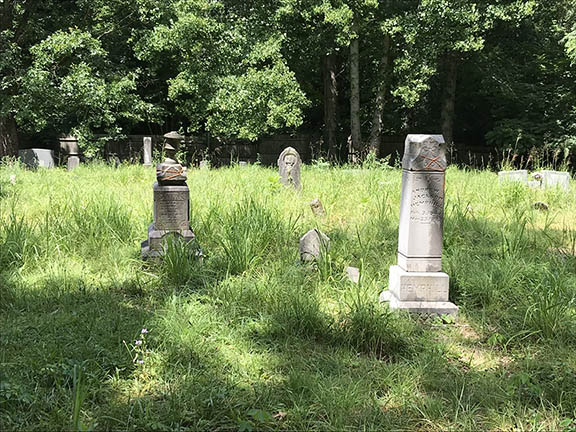
The Swannanoa Valley Museum & History Center’s Walk Through History series is an opportunity for WNC residents to get to know the rich history of the Swannanoa Valley by walking its historic estates, sidewalks and cemeteries with knowledgeable guides. Running from April thru September one Wednesday morning a month (with a break in July), each tour is conducted by local experts who intimately know the history of the individuals and communities who once traversed the valley. Come enjoy a morning stroll through WNC history!
LOCATIONS: All registered attendees will meet at the Swannanoa Valley Museum for check-in and orientation then caravan to the Walk Through History locations.
COST: $35 per event for general admission, $25 for museum members with a promo code. Some fees apply.
Cancellation Policy:
We understand that unexpected circumstances may arise. You may cancel your enrollment in the program for a full refund up to 48 hours before the program start date.
- Cancellations made 48 hours or more before the program start date will receive a full refund.
- Cancellations made less than 48 hours before the program start date will not be eligible for a refund.
- A full refund will be offered if the museum cancels the program due to weather or unforeseen circumstances.
Please Note:
- We strongly recommend notifying us of your cancellation in writing via email to swannanoavalleymuseum@gmail.com
- You will receive a confirmation email upon processing your cancellation request.
2025 Locations
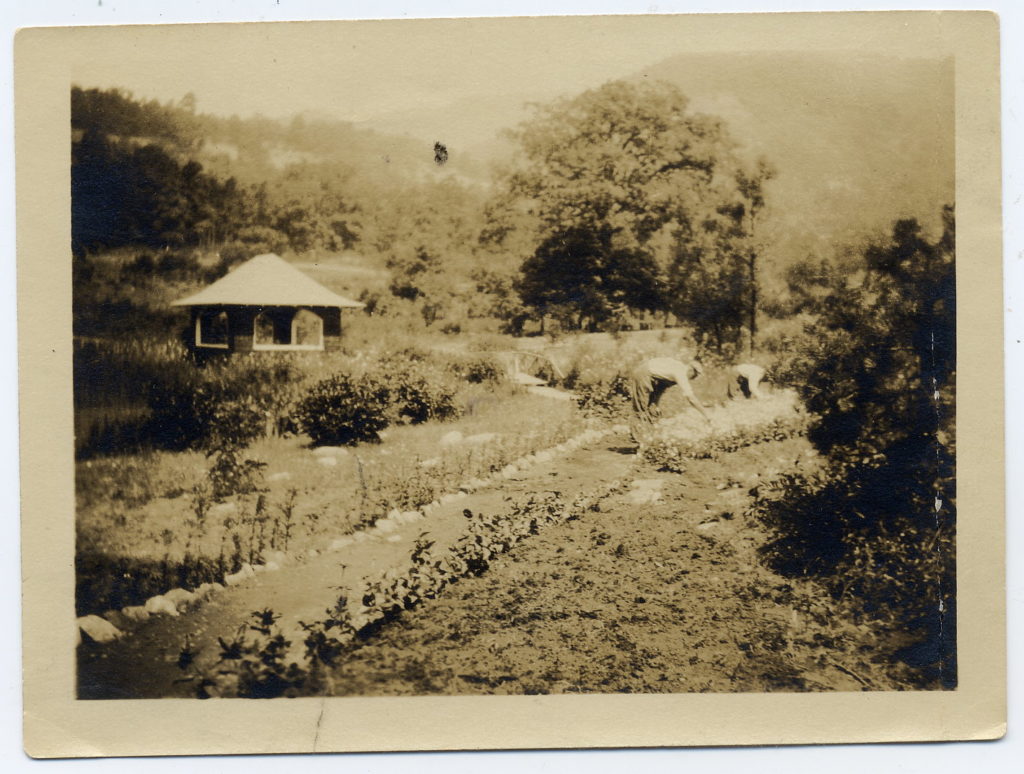
April 16th: Historic Grovemont
In 1924, developer E.W. Grove had his hands full with two major projects: the construction of Battery Park Hotel and the more ambitious undertaking of Grovemont-on-Swannanoa, the country’s first planned community. Explore the neighborhood and learn about the unique history of this community. Take a walk with us and see how it was planned, developed, and visit some of the exteriors of the original houses that still exist today.

June 10th: Fort San Juan and Joara Archeological Site
Take a step back in time and explore the fascinating history of Fort San Juan and Joara, the site of the earliest known European settlement in the interior United States. Join us for a guided tour with Mike Carpenter of Exploring Jora through this remarkable archaeological site, stories of early encounters between Native American communities and Spanish explorers. Discover recent archaeological findings, walk the grounds where history was made, and gain a deeper appreciation for the cultural heritage of this region. Whether you’re a history buff, student, or simply curious, this is a unique opportunity to experience the past in a truly immersive way. Don’t miss this chance to connect with North Carolina’s deep and layered past!
The tour will meet at the museum at 8:30 AM to carpool to the Fort San Juan dig site. The site tour will take place from 10:00 to 11:30 AM, with an expected return to the museum around 1:00 PM.
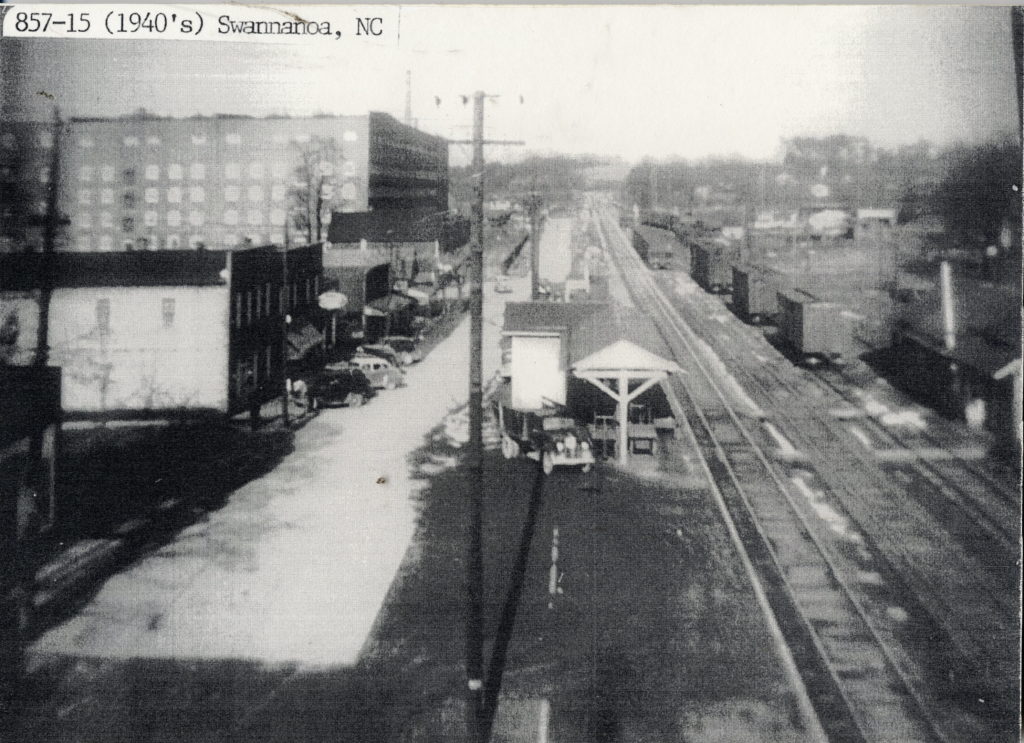
June TBD: Old Town Swannanoa
Swannanoa was once home to a thriving downtown, known to locals as “The Station.” Bordered by the Beacon Blanket mill and the railroad tracks, Swannanoa’s downtown included cafes, grocery stores, a drug store, a bank, a movie theater, a five-and-dime, and other variety stores. Join us for a walking tour of the old downtown area and the historic buildings that were once a part of the mill town. Learn about the history of this area, and see what’s happening in the old downtown today. This tour will be led by a local historian and LeAnne Johnson, the Swannanoa Valley Museum Director.
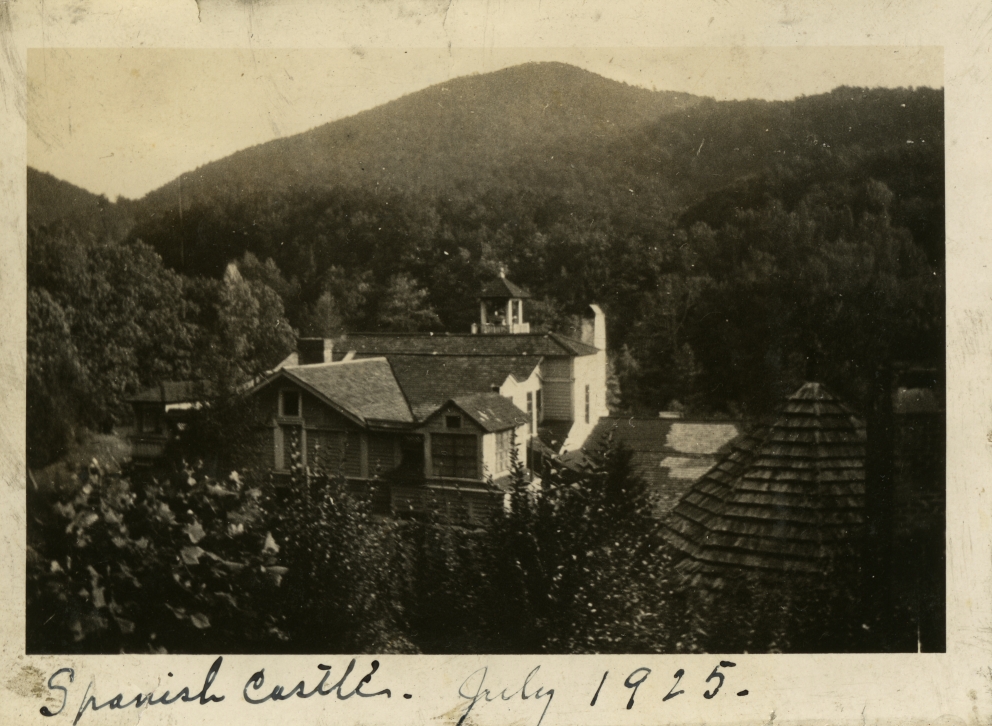
Summer 2025 TBD: Guastavino’s Rhododendron Estate
Locally known as the “Spanish Castle” architect, Rafeal Guastavino Sr. and his wife, Francesca, called the whitewashed building home after Guastavino finished his work on the Biltmore Estate. Rhododendron held more than just the couple’s Black Mountain home. Guastavino headquartered his architecture business and had a kiln on the property. Francesca ran a farm, vineyard, and orchard on the land. After years of neglect the home was torn down in the late 1940s and the land was sold Christmount Retreat Center was built.
Take a stroll with us and the Guastavino Alliance to learn more about the architect and the estate.
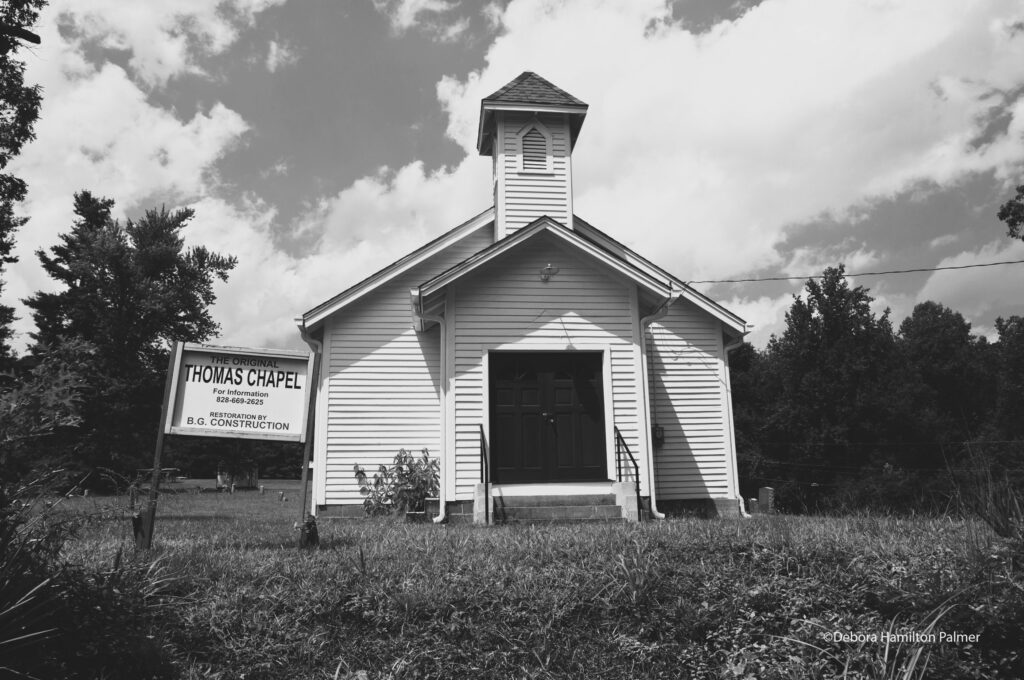
TBD: Thomas Chapel
Join the Thomas Chapel Board of Directors for an engaging discussion on the rich history and ongoing restoration of Thomas Chapel A.M.E. Zion Church. Located in Black Mountain, North Carolina, this historic African Methodist Episcopal church was built in 1922 by descendants of freed slaves. The church, with its weatherboard siding and striking Gothic Revival design, boasts a distinctive tall, pyramidal-roof bell tower.
While it has always been known as “Thomas Chapel,” the church has roots dating back to its predecessor, “Tom’s Chapel,” constructed around 1892 by one of the original builders. Celebrated for its well-preserved Gothic Revival architecture, Thomas Chapel was proudly listed on the National Register of Historic Places in 2009, highlighting its significant local heritage.
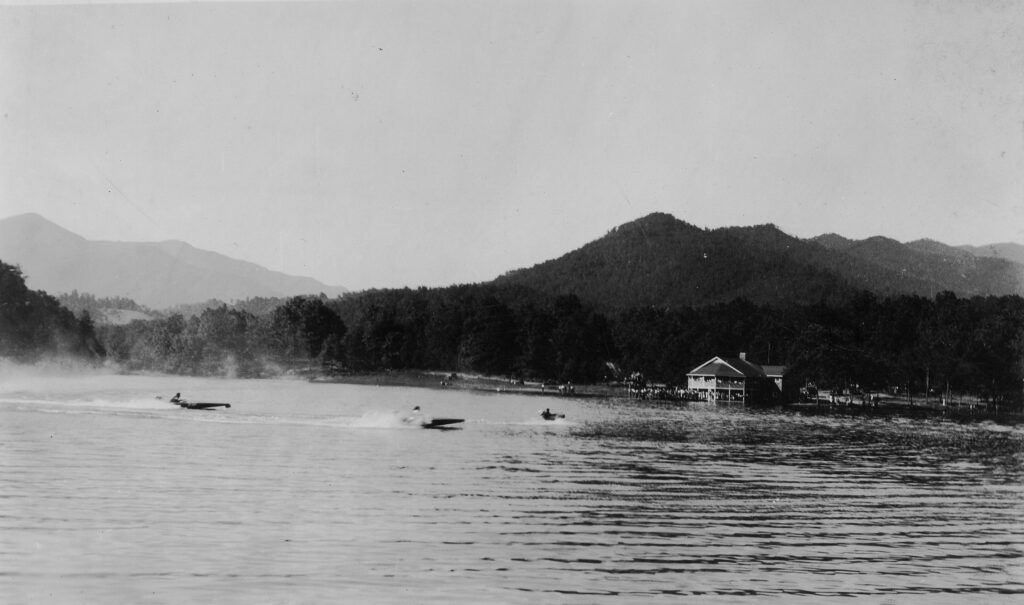
September 17: Lake Tomahawk
Often called the “Jewel of Black Mountain”, Lake Tomahawk was built in 1934 as part of the New Deal’s Work Progress Act. Learn about what was in the area before the lake, how the lake was built, and how it has changed over the decades with a local historian.